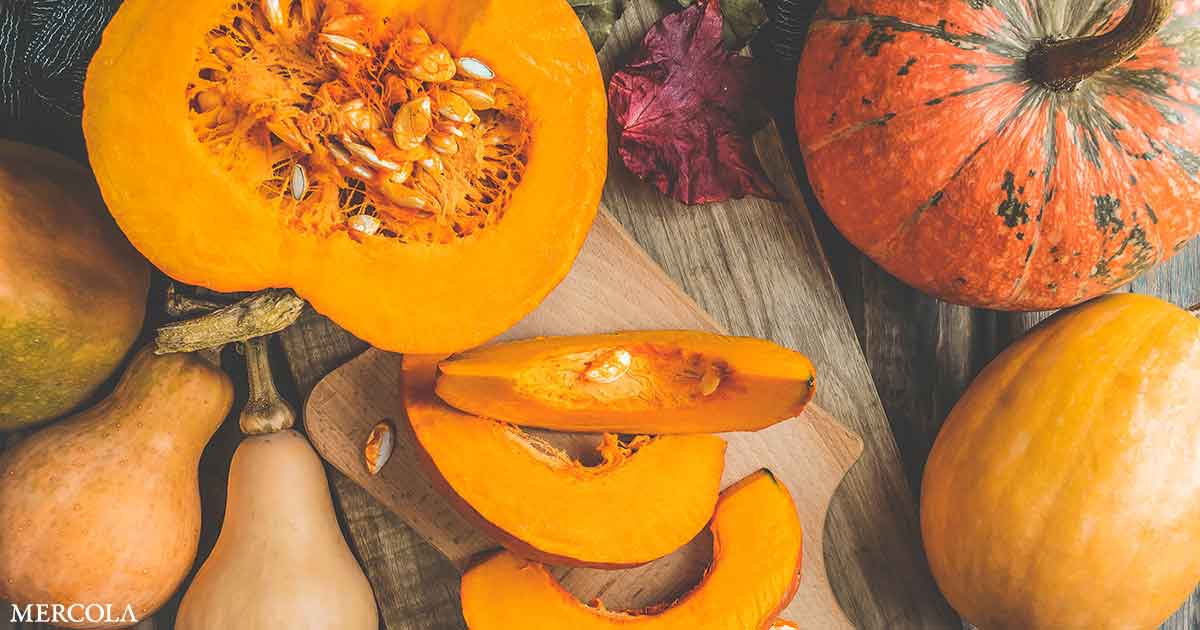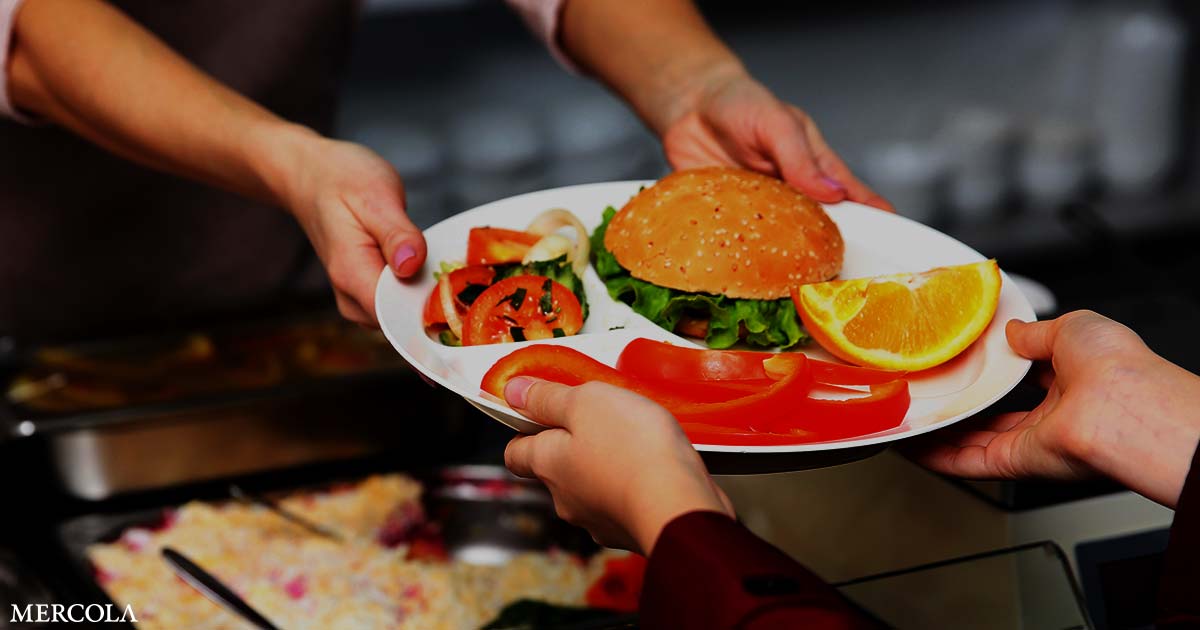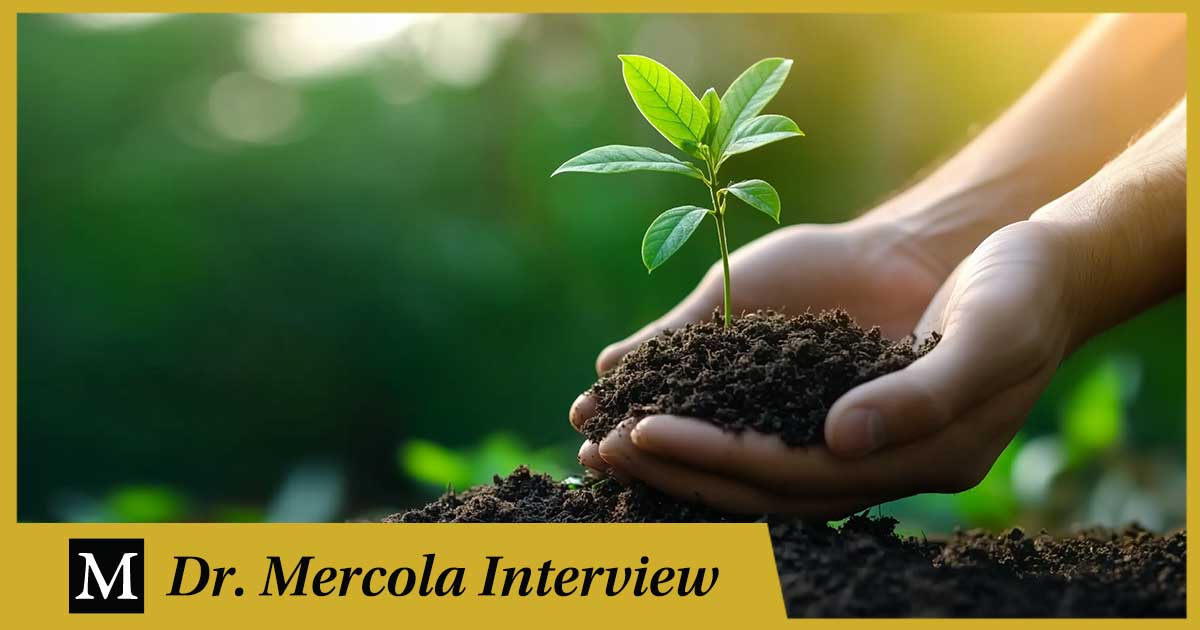Editor’s Note: This article is a reprint. It was originally published October 31, 2016.
Only the ghosts of our forebears know all the uses there have been for the humble pumpkin in the New World, or even worldwide.
At Halloween, of course, they promise a fun and inexpensive activity for kids (and adults) with a knife for carving, a spoon for scooping and a candle for illuminating the jack-o-lanterns that are such an iconic part of late October festivities.
But the most important use for this big orange veggie is for food. Native Americans cultivated it for millennia before they introduced it to the pilgrims, showing them how to harvest, prepare and store pumpkins.
They’ve been a useful, staple food with double value because they can last for weeks and even months of autumn and winter.
A tribe called the Catawbas ate pumpkin seeds for kidney health. The Yumas made a mixture from pumpkin and watermelon seeds for wound healing, and the Menominees drank a powdered squash and pumpkin seed concoction to encourage urination.
Other traditional preparations were said to release parasites and treat “female ills.” MDidea supports several of these folk remedies made from pumpkin pulp:
“Pumpkin was used in folk medicine to treat kidney inflammation and intestinal parasites and was once listed as one of the Four Greater Cold Seeds in an 18th century list of medicines.
Today pumpkin is employed to treat irritable bladder and prostate complaints, namely benign prostatic hyperplasia (BPH). The fatty oil in pumpkin seeds is mildly diuretic, and the seeds’ principal constituent, cucurbitacins, appears to inhibit the conversion of testosterone into dihydrotesterone.”1
Fast forwarding a handful of centuries, we now know that adding pumpkin to foods provides a warm, satisfying “foodiness” that your body knows — and science proves — is more than just tasty but also health beneficial.
How Your Body Uses Pumpkins
You’ll be surprised to learn that nearly every part of the pumpkin plant is edible, including the leaves and flowers. Squash blossoms, for instance, are large, edible blooms that lend interesting flavor and elegance to many dishes.
While you’re enjoying your soup made from pumpkin puree with sweet potatoes, celery, carrots, onions, a garlic clove and a few teaspoons of herbs, keep in mind that the vitamins, minerals and other nutrients are at work in your system.
In fact, the ingredients in pumpkins make this hearty, fall-time food one of the staples for health. According to Research Gate:
“Pumpkin is one of the well-known edible plants and has substantial medicinal properties due to the presence of unique natural edible substances. It contains several phyto-constituents belonging to the categories of alkaloids, flavonoids, and palmitic, oleic and linoleic acids.
Various important medicinal properties including anti-diabetic, antioxidant, anti-carcinogenic, anti-inflammatory and others have been well documented.”2
So there’s a reason why pumpkins earn such high marks on the Aggregate Nutrient Density Index (ANDI).3 Pumpkins provide, in a 1-cup serving, 11% of the fiber you need on a daily basis to keep your system running smoothly.
Besides being incredibly rich in vitamin A, with 245% of the recommended dietary allowance (RDA), that same amount of pumpkin, cooked, contains 19% of the RDA in vitamin C and 16% of the RDA in potassium, as well as riboflavin, copper and manganese. According to USDA Food Data Central,4 pumpkins also provide smaller but still significant amounts of:
|
Copper |
Vitamin B6 |
Thiamin |
Iron |
|
Magnesium |
Phosphorus |
Niacin |
Beta-carotenes are arguably one of the ingredients in this large veggie to deliver the most punch in the way of antioxidants. They provide the bright orange color, too. The most prominent beta-carotenes and their functions are:
- Carotenoids, which help keep your tissues shielded against oxidative damage, making you more impervious to disease. They improve your immune system and stave off signs of premature aging.
- Lutein and zeaxanthin are found in your retina. They help protect your eyes from damage and improve your vision in several ways.
How Your Body Uses the Nutrients in Pumpkins
All combined, these vitamins, minerals and other nourishing qualities in pumpkins have a dramatic effect on your health. Huffington Post5 listed several, including:
• Re-energizes after a workout — One cup of cooked pumpkin contains more potassium, a “refueling” mineral, than a banana, usually touted to have an impressive amount. In comparison, pumpkin contains 564 milligrams of potassium to a banana’s 422.
• Skin protection — Health.com says carotenoids in pumpkins contain wrinkle-fighting pigments, which help hydrate and zap free radicals in your skin and help prevent them from causing damage. The vitamins as well as powerful enzymes help clean your skin.6
• Better eyesight — All that vitamin A mentioned earlier helps improve your night vision and sight in dim light, the National Institute of Health says.7
• Lower cancer risk — The beta-carotenes help fight cancer, because they contain an immunostimulant to activate better immune system function. Antioxidant activity in pumpkins has been shown to inhibit breast cancer, one study reported.8
Further, Food for Breast Cancer noted:
“Women with substantial intake of carotenoids, such as the alpha-carotene, beta-carotene, beta-cryptoxanthin and lutein found in pumpkins, have been reported to have lower overall risks of breast cancer and its recurrence in numerous studies.”9
Pumpkin Selection, Storage and Preparation
Pumpkins are a Cucurbitaceae veggie, along with squash, cucumbers and cantaloupes. They’re grown on a large scale and are removed from trailing vines to create autumn displays with Indian corn and hay bales. Afterward they are transported to the kitchen.
When buying pumpkins, they should be fully ripe; tapping on the outside should produce a dense, hollow “thump.” Pass on the pumpkins that have cuts, blemishes or wrinkled surface skin.
Store your pumpkins in a cool, dry place, even if it’s outdoors before a hard frost, and they should be good for weeks to come. Make sure you wash the outside of pumpkins before cutting into them, because many growers and even mom-and-pop operations use pesticides and herbicides rather than growing them naturally.
To cut, place the pumpkin on a hard surface and use a sharp knife to cut around the stem for removal. Then cut the pumpkin in half, following the deep grooves and scrape out the pith to discard, setting aside the seeds, if desired. Once they’re cut, portions should be covered and placed in the refrigerator.
A Pumpkin Recipe: Pumpkin Smoothie
The Epoch Times suggests this recipe for pumpkin smoothie:
“Pumpkin puree can be stirred into soups, stews or chilis. You can whip up a pumpkin smoothie by blending pumpkin puree with a banana, spinach or romaine lettuce, a few dates, some [non-dairy] milk and cinnamon and nutmeg.”10


